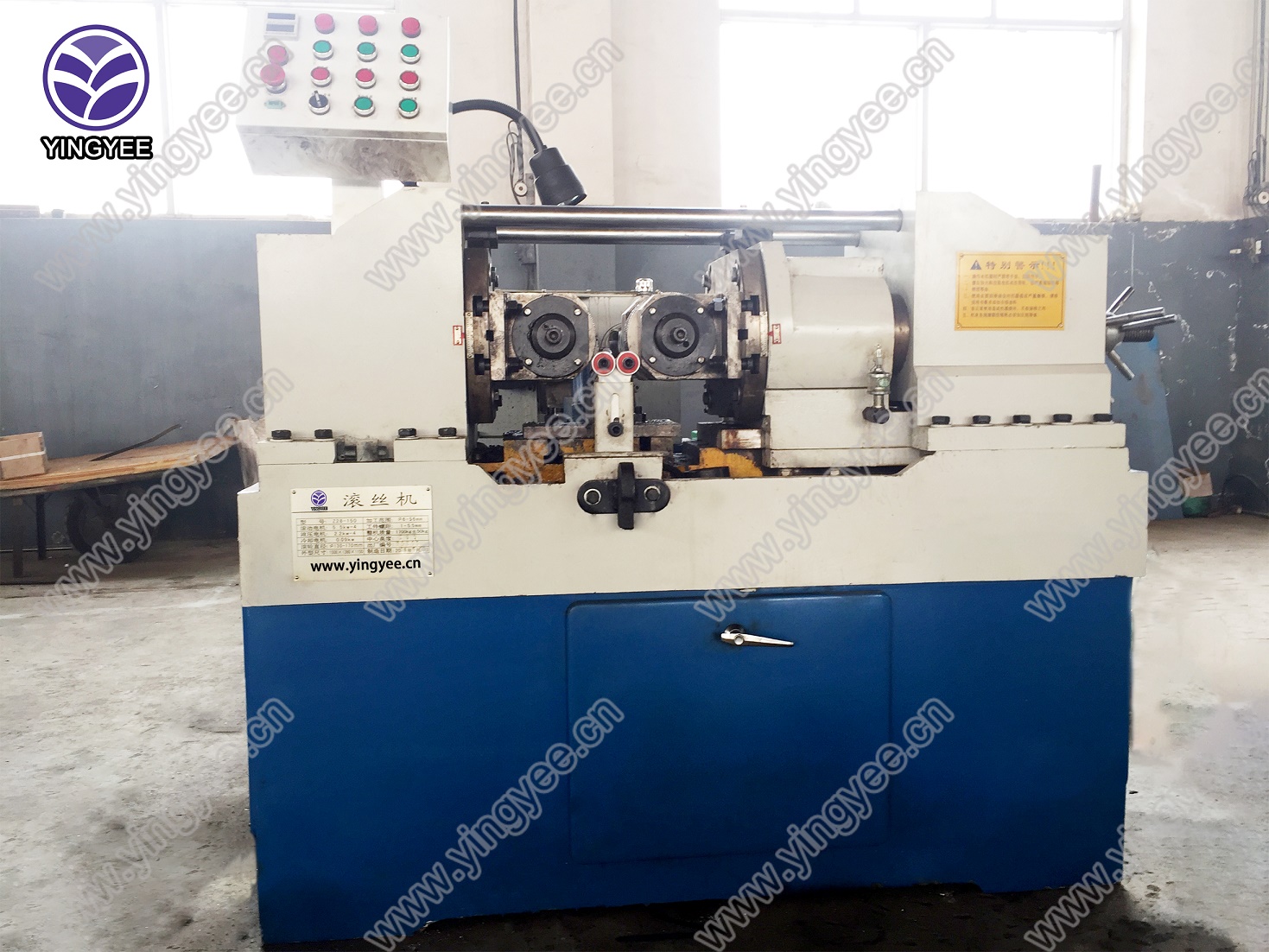
Exploring the SS Tube Mill Innovation in Steel Processing
The SS tube mill, or stainless steel tube mill, represents a significant advancement in steel processing technology. It plays a crucial role in the manufacturing of stainless steel tubes, which are essential in various industries, including construction, automotive, healthcare, and food processing. This article delves into the working principles, components, applications, and benefits of SS tube mills.
Working Principles
At its core, a stainless steel tube mill operates by continuously forming, welding, and finishing stainless steel strips into tubular shapes. The process begins with rolling flat stainless steel sheets into a circular profile. This is achieved by passing the sheets through a series of rollers that shape them into the desired diameter. Once the tubular shape is achieved, the edges of the strip are welded together using high-frequency induction welding or other welding techniques.
Post-weld, the tube goes through various finishing processes such as cutting, straightening, and polishing. These processes ensure that the tubes meet the required specifications for thickness, diameter, and surface finish. The automation and integration of high-tech monitoring systems in modern SS tube mills have led to improved efficiency, precision, and quality in the production process.
Key Components of SS Tube Mills
Stainless steel tube mills comprise several critical components that contribute to their efficiency and functionality
1. Entry Section This includes the uncoiler and leveler, which prepare the flat strips for the rolling process. 2. Forming Section A series of rollers shape the flat strip into a tube profile.
3. Welding Section This part is responsible for joining the edges of the tube. High-frequency induction welders are commonly used for this purpose.
4. Sizing Section Here, the tube's diameter and shape are further refined to meet precise specifications.

5. Finishing Section The tube is cut, straightened, and polished to achieve the desired surface quality and length.
Applications
SS tube mills produce various stainless steel tubes utilized in numerous applications. In the construction industry, stainless steel tubes are used for structural purposes, while in the automotive sector, they are essential for exhaust systems and fuel lines. The healthcare industry relies on stainless steel tubes for medical devices and systems, ensuring hygiene and durability. In food processing, stainless steel tubes are vital for creating sanitary piping systems due to their resistance to corrosion and ease of cleaning.
Benefits of SS Tube Mills
The advantages of using stainless steel tubes produced by SS tube mills are manifold
- Corrosion Resistance Stainless steel's inherent properties make it resistant to rust and corrosion, ensuring longevity and reducing maintenance costs.
- Strength and Durability Stainless steel tubes are strong and can withstand high pressure and temperature, making them suitable for various demanding applications.
- Sustainability Stainless steel is recyclable, contributing to sustainable manufacturing practices.
- Versatility Stainless steel tubes can be tailored to specific dimensions and properties, allowing for customized solutions across different industries.
In conclusion, the SS tube mill is a remarkable piece of machinery that significantly impacts the production of stainless steel tubes. Through continuous advancements in technology, these mills enhance efficiency and quality in manufacturing processes, making them indispensable in modern industrial applications. As industries continue to innovate, the demand for high-quality stainless steel tubes produced by SS tube mills will undoubtedly grow, driving further developments in the field.